Table of Contents

“The best predictor of future behavior is past behavior.” This often-quoted truism applies to most areas of life, including customer behavior.
The more you know about your customers, the better you will be able to predict their spending. This includes not only what they buy but also when, how, and why.
These behaviors are individual to a degree, but if you group trends using customer segmentation, patterns should begin to emerge. Understanding these buying patterns is the foundation of a successful growth strategy.
Every step of marketing should take into account who your ideal customers are. The greater your understanding of what motivates them to make a purchase, the better you’ll be able to leverage this information to boost sales, increase customer satisfaction, and maximize growth.
These concepts apply not only to attracting customers but also to retaining them. Tracking your customers’ needs will help you drastically cut churn. This is why customer behavior analysis is such big business, notably within the SaaS industry.
Let’s take a look at what customer behavior analysis is, and how you can use its findings in your growth strategy.
What Is Customer Behavior Analysis?
Customer behavior analysis models how a specific segment of customers makes their purchasing decisions. This research investigates:
- Why customers buy a certain product or service
- What research they did
- Whether they reacted to any targeted ads or cold outreach from the sales team
- What triggered the decision to buy
- How they buy
- Which platform and payment method they use
- Whether it’s a one-off purchase or a habitual one, etc.
- When they buy
- Time of day, weekend, specific season, after a specific trigger, etc.
Analyzing consumer behavior informs a multitude of a company’s growth strategies, including product development, sales, and customer satisfaction management.
Check Out: 5 Customer Retention Strategies that Actually Work
Why Should You Analyze Customer Behavior?
In the SaaS industry, knowledge underpins growth. These are some of the areas in which customer behavior analysis can help you attract and retain loyal customers.
Product personalization
Increasingly, customers expect personalization in their products and services. If you don’t take time to get to know your customers, you simply can’t provide them with that personal touch.
Customer value
Different types of customers represent vastly different levels of LTV (lifetime value).
LTV refers to the total revenue you gain from a customer over the full duration of their subscription. For example, your high-LTV customers may subscribe to medium-tier plans and above for 5+ years or high-tier plans for 2+ years.
These users represent a significant portion of your revenue while requiring fewer resources from your team than converting new clients, and therefore should be kept happy (and subscribed) wherever possible.
Being able to recognize these high-value clients early on will help you prioritize the time of your customer success team and identify opportunities for upselling.
Content optimization
Customer behavior analysis identifies what type of content your customers value the most, so you can focus your marketing strategies on creating material your ICPs are already searching for.
For example, here at Baremetrics, we conducted customer interviews and learned that many of our existing customers were interested in optimizing their pricing structure.
With that knowledge, we created a series of four articles that covered pricing topics in SaaS. You can check it out here!
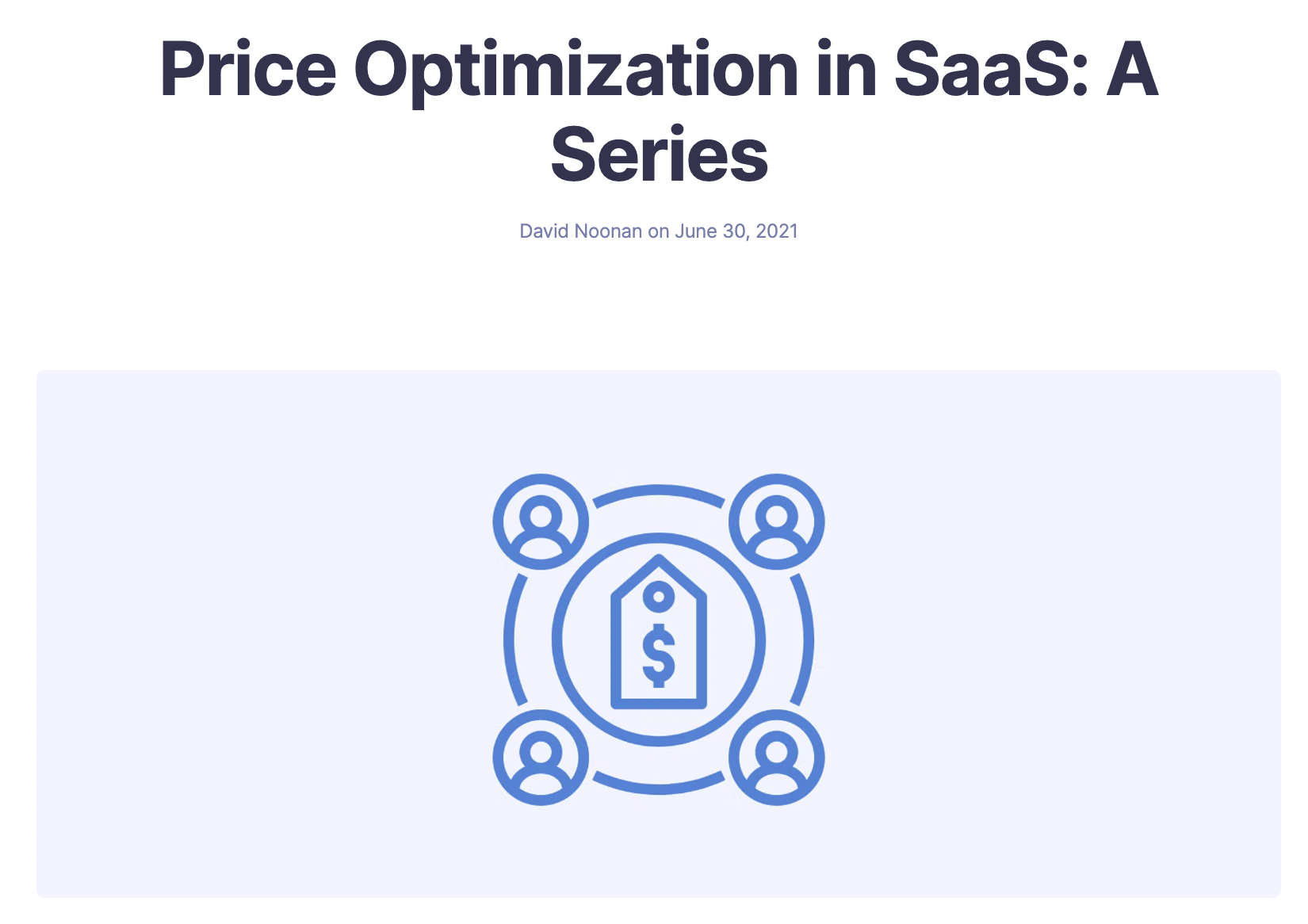
Price optimization
Customer retention
Retaining customers is always cheaper than onboarding new ones. Anticipating the needs and concerns of your users is the best way to reduce customer churn.
Read Also: Top Customer Retention Rate Mistakes
Understanding Customer Behavior: Three Types of Buying Patterns
When analyzing customer behavior, one thing to look at is spending habits. Most purchases can be categorized as one of three types of spending. Each of these categories exhibits its own set of motivations and buying patterns, which is why it’s useful to identify which category your product falls into.
The three most common types of buying behaviors can be categorized as complex, habitual, and variety-seeking.
1. Complex buying behavior
Complex buying behavior comes into play for big-ticket items, such as a house or car. These purchases are rare and consequential, so most customers spend a significant amount of time considering them carefully.
For a SaaS company, this might look like a significant upgrade to company hardware.
2. Habitual buying behavior
Habitual buying behavior applies to routine purchases. These transactions tend to be fairly mindless, as the initial purchasing decision for this product was made many, many purchases ago. Grocery shopping is a classic example of this.
For a SaaS business, this could be routine outsourcing of a certain type of task or a monthly no-brainer subscription to another service.
3. Variety-seeking buying behavior
Variety-seeking behavior is exhibited when a customer switches to a new brand, not out of dissatisfaction but simply because they want to try something new. This behavior tends to apply to smaller, broadly interchangeable purchases such as deodorants or pasta sauces and is primarily motivated by curiosity or boredom.
If you find that your users are switching to your competitors without a specific, common reason (you should be hearing about this through user cancellation surveys), you may need to work on differentiating your product in your ad copy.
Factors Affecting Customer Behavior
Customer behavior is heavily influenced by a variety of factors. Some of these are personal, and some are environmental.
It’s important to be aware of the factors that you can influence and make sure you’re doing everything in your power to encourage user behaviors that support your business (such as upgrading their plan or recommending your services to others) to prevent churn.
On the other hand, you need to accept that there are factors you cannot influence and be ready to adapt to changes as they come.
Marketing campaigns
One factor you have total control over is your marketing strategy. All of your inbound and outbound campaigns should be optimized for your ideal customer profiles. This includes the wording of the ad copy, time of contact, and choice of platforms.
Bonus: Wondering about different types of churn? To start, learn about gross churn vs. net churn and customer churn vs. revenue churn.
Personal preferences
Customer preferences are deeply personal and are not something you can fully control. Brand perception is one aspect you can influence to some degree, however.
The ways in which you market your brand and how you treat your users once they purchase your services are two of the strongest tools you have to positively shift your brand perception over time.
Community influence and social trends
The community has a powerful effect on consumption. After all, most people care about the opinions of their families, friends, and coworkers, and will take these opinions into account when making a purchase. The same principle applies to broader social trends.
You can take advantage of this phenomenon by using social proof to support your brand perception with testimonials, for example.
Economic conditions
The climate in which your business operates is unfortunately out of your control. Changes to the economy and how customers react to these changes are deciding factors in which businesses thrive and which go bankrupt.
A lack of control doesn’t mean there’s nothing you can do. Aside from keeping a well-stocked rainy day fund, you can position your service as an essential purchase rather than a luxury one. Even when hard times come, customers will have great incentive to retain their subscriptions to your services.
Purchasing power
Before the willingness to buy comes the ability to buy. In the B2B space, buying power is dictated by fairly rigid company budgets. You must know approximately what those budgets are so you can optimize your pricing.
Purchasing power also varies wildly across different customer segments, notably by region and business scale. Now that we’ve established what some of the main factors influencing customer behavior are, let’s look at how to analyze their patterns.
Related Read: Customer feedback: What you need to get from your customers
How to Conduct Customer Behavior Analysis
There are seven basic steps to conducting customer behavior analysis. First, we’ll explain the principles that underpin these steps and then run through various tools and platforms you can use to interpret your user data.
1. Segment your audience
Customer behavior varies greatly by type. This is why it’s critical to segment your users into relevant cohorts, for example, with the Baremetrics Segmentation tool.
A customer cohort that we created at Baremetrics included customers who use our Recover tool in addition to our core Metrics product. Here’s what creating this cohort looks like in the Baremetrics app:
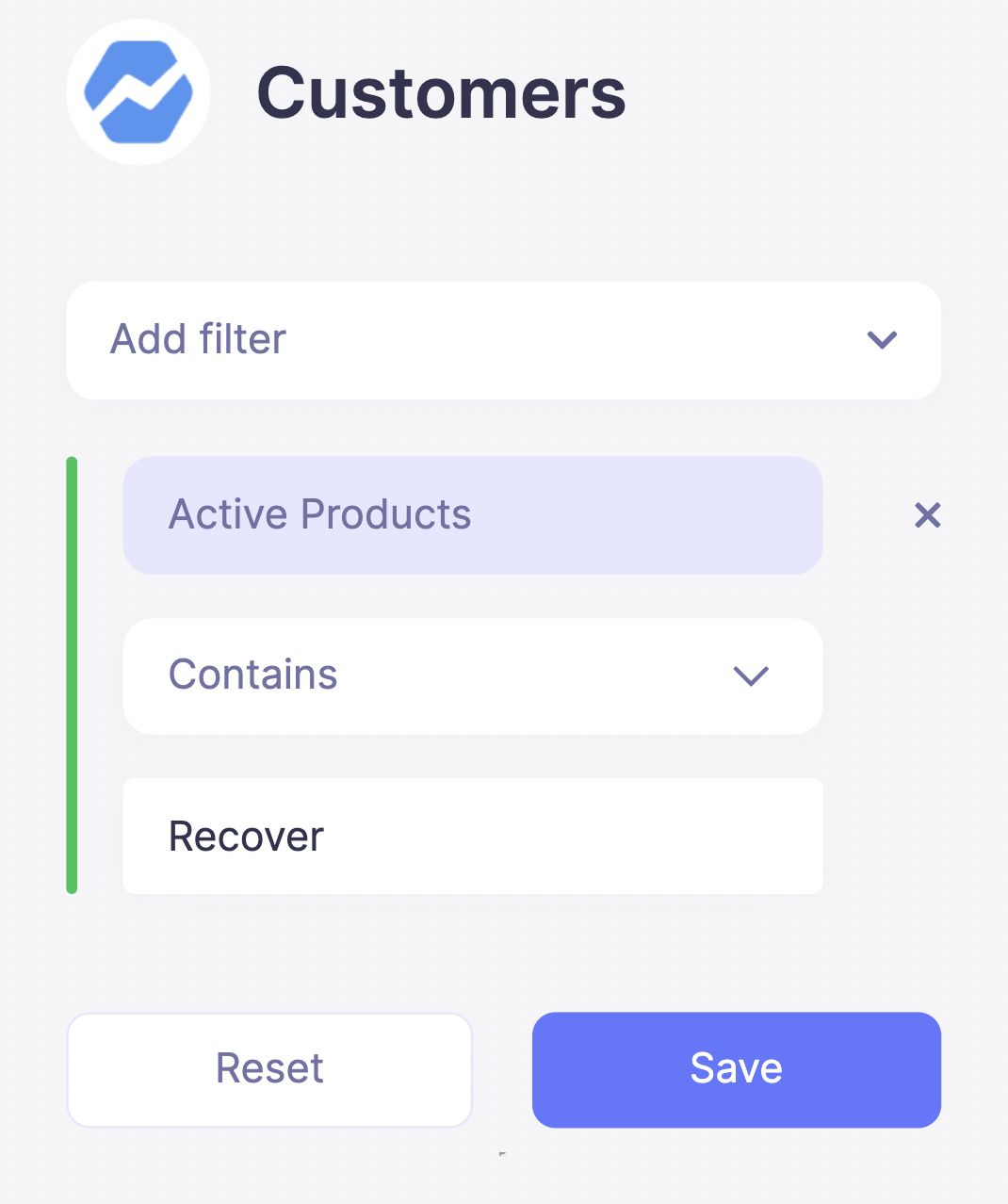
Baremetrics app
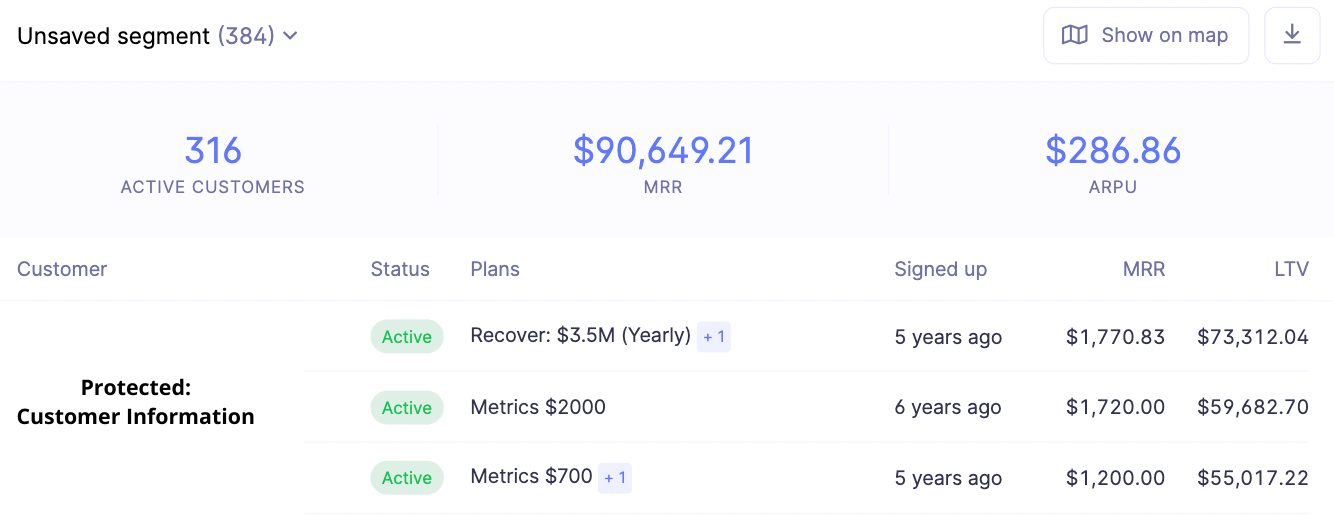
Protected Customer Information
2. Identify how each group benefits from your service
Each of your customer segments uses your product differently. Analyzing customer behavior helps you identify which features are most popular among your high-value users; this data should steer future product development and ad copy.
3. Leverage your data to gain insights
There’s a goldmine of customer data right at your fingertips: the payment processors they use, the customer success managers who guide them through questions and issues, and their social media interactions with your business content all contain valuable information on how your users are finding and using your services.
User surveys and follow-up emails to customer service queries are excellent sources of qualitative data. These can help you answer questions like:
- What customers value most about your product
- Which features they use and which ones they don’t
- Whether they require additional training in your product or other forms of support
- Which additional features customers want, and what they’d pay a higher rate for
4. Compare your quantitative and qualitative data
The next step in customer behavior analysis is to analyze the data you have collected for each user segment and see how these data points change over time.
Some of the metrics you should be tracking by segment are:
- Interactions with your marketing campaigns and social media
- Timing of buying your service
- Changes to subscription levels
If you’re offering tiered pricing, this data can also be used as a guide for how much you should be charging per tier based on the usage and resources of various customer segments.
5. Apply your findings to marketing campaigns
Once you’ve established how your ICP finds your product and which features they’re most interested in, it’s time to apply this information to your marketing campaigns.
Related: The Seven R’s of Customer Retention
6. Analyze the results
The final step of this process is to go back and analyze how your new marketing strategy has performed. One tool that can help you identify key moments in your campaign is Baremetrics Annotations.
7. Repeat
Once you’ve completed a full cycle of this process, it is time to start at the top. Customer behavior changes rapidly, mainly in response to a market in flux. If you want your product and your marketing to remain up-to-date and effective, you must have the latest user information at your fingertips.
Customer Behavior Analysis Platforms
Here are the pros and cons of some of the leading platforms for conducting customer behavior analysis.
| Platform | Description & Features |
Pricing | Pros | Cons |
|
|
|
|
|
|
(previously Trifacta) |
|
|
|
|
|
|
|
|
|
|
|
|
How does Baremetrics work with Intercom?
Intercom is a CRM that optimizes customer communications and engagement. Baremetrics offers insights across 26 different business metrics, such as MRR, ARR, and LTV. Together, these two tools provide a complete, integrated solution for all your customer behavior analysis needs.
Customer service metrics from Intercom
With Intercom, you can now view five additional metrics on your Baremetrics dashboard:
-
New Tickets
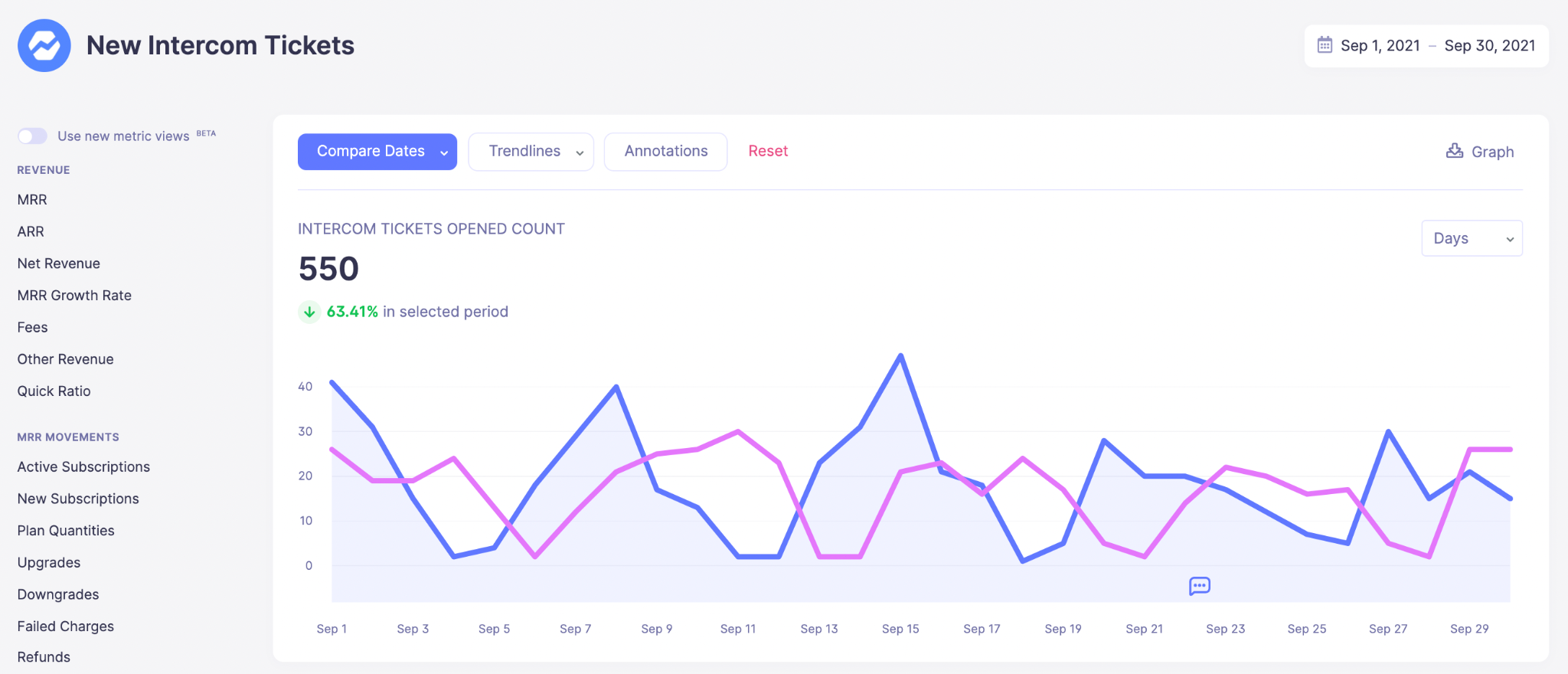
New Tickets
- Closed Tickets
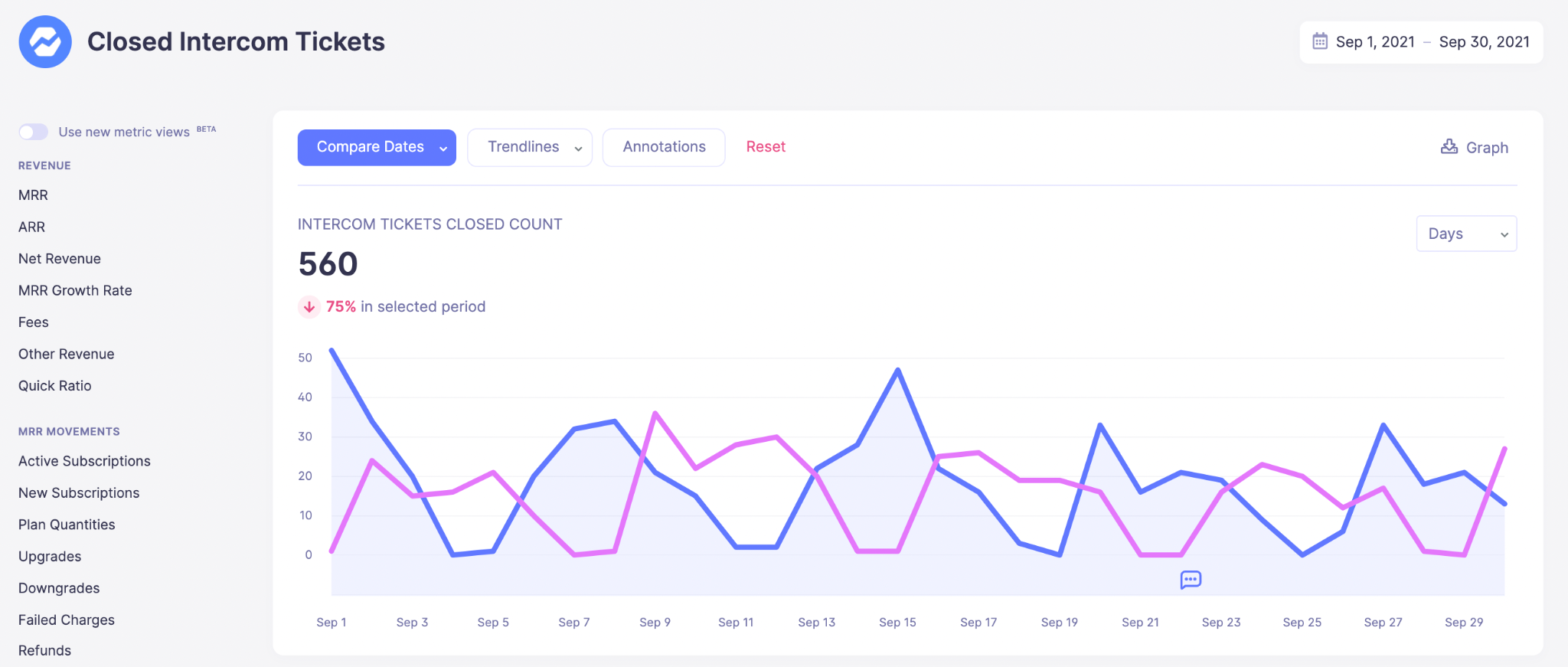
Closed Tickets
- Time to Reply
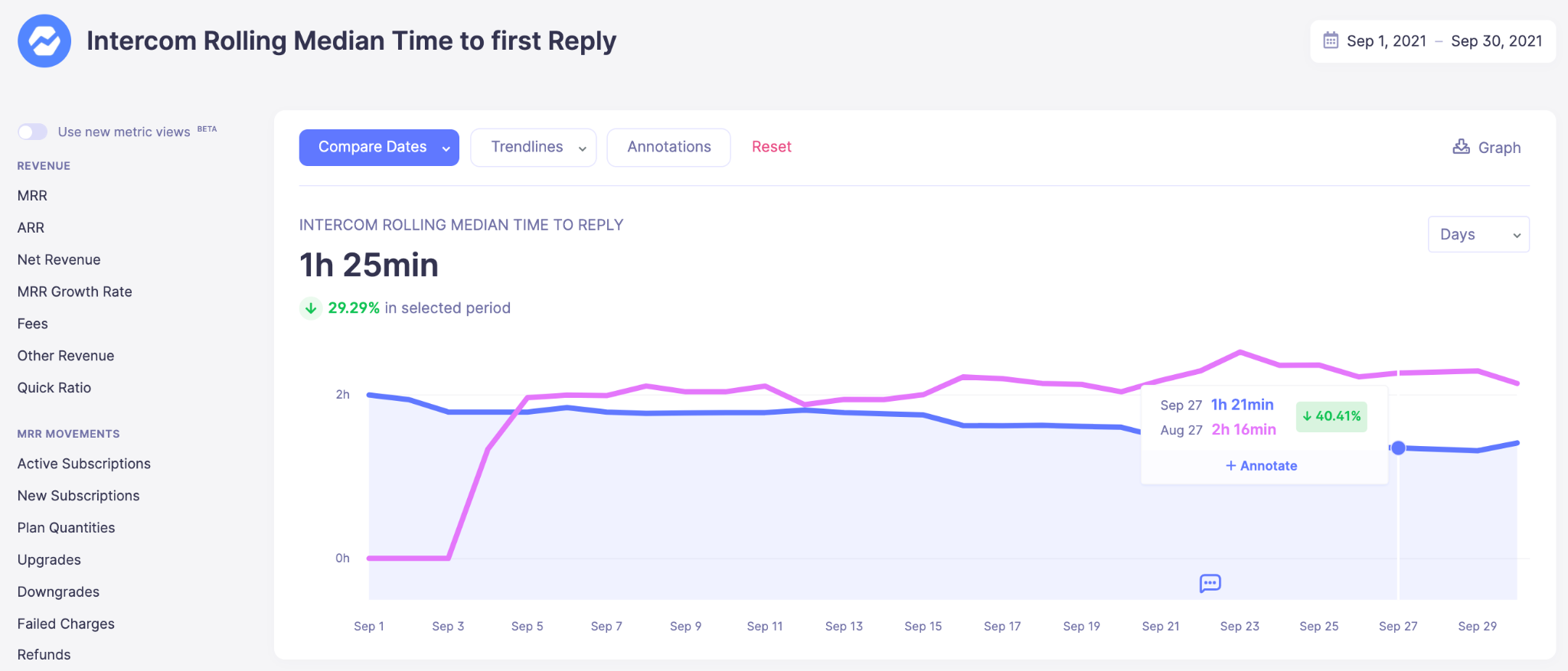
Time to Reply
- Time to Close
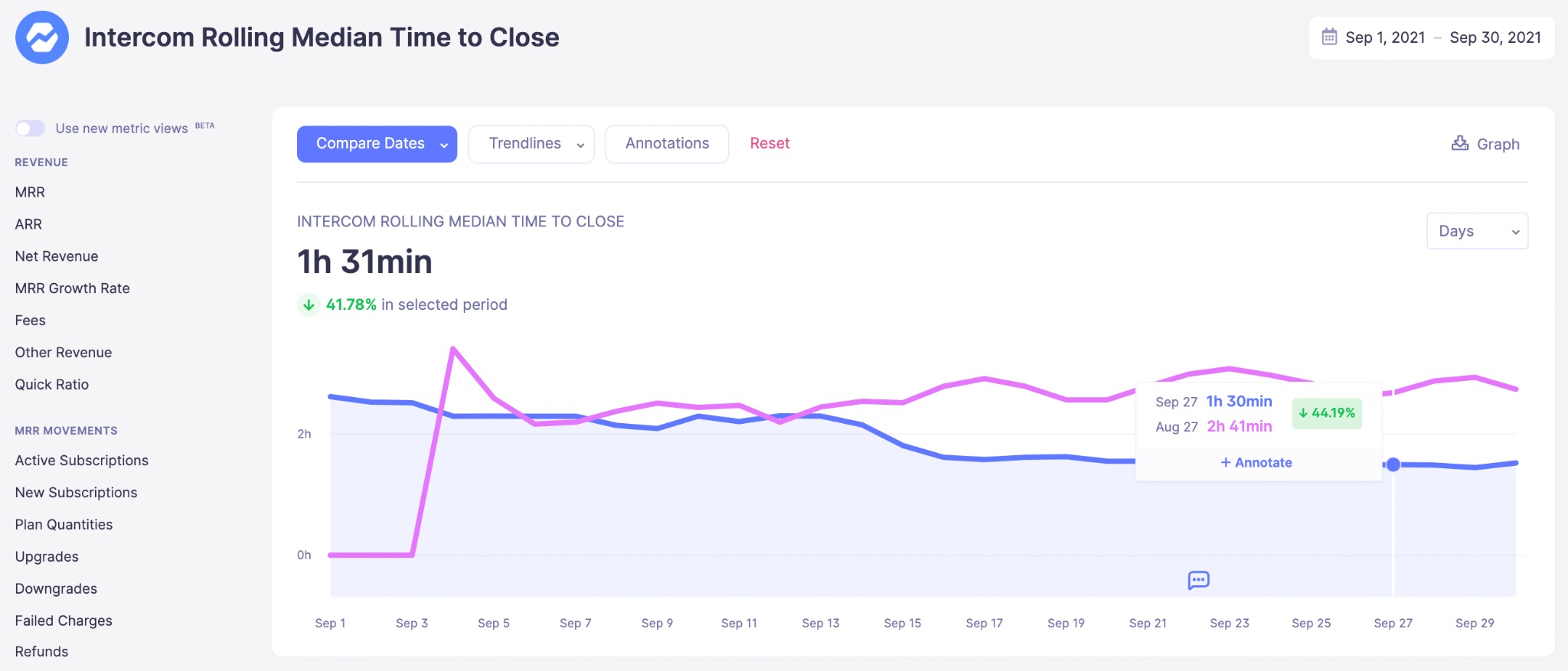
Time to Close
- Average Rating

Average Rating
Get More Customer Behavior Insights With Baremetrics and Intercom
These metrics provided by Intercom are powerful measures of customer behavior. They also offer invaluable insights into your customer satisfaction, which can help you reduce churn.
To take advantage of the best tools for customer behavior analysis, sign up for a Baremetrics free trial today!
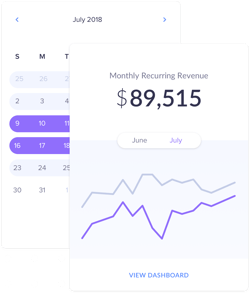
![]()


